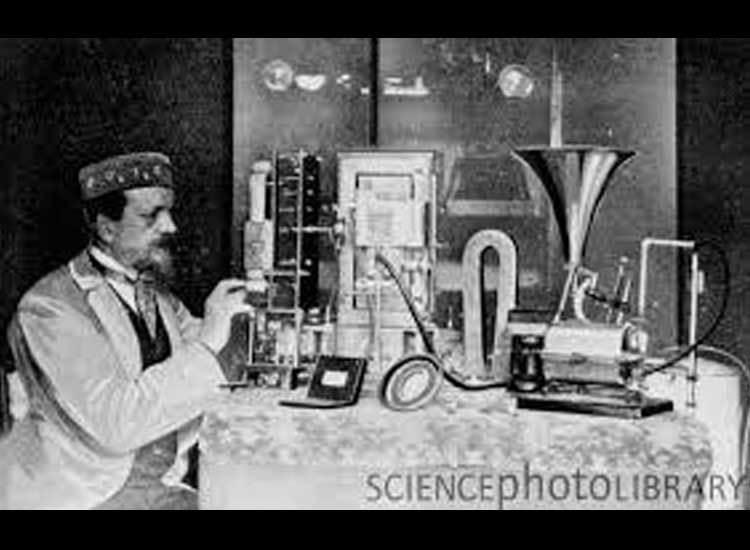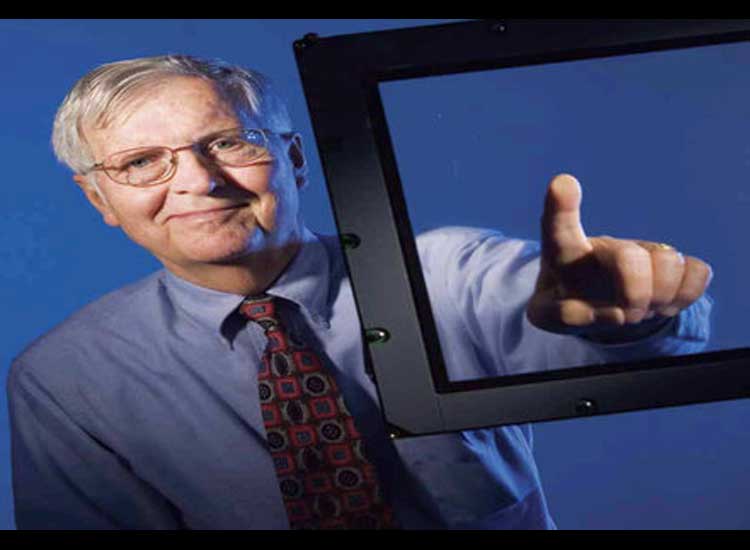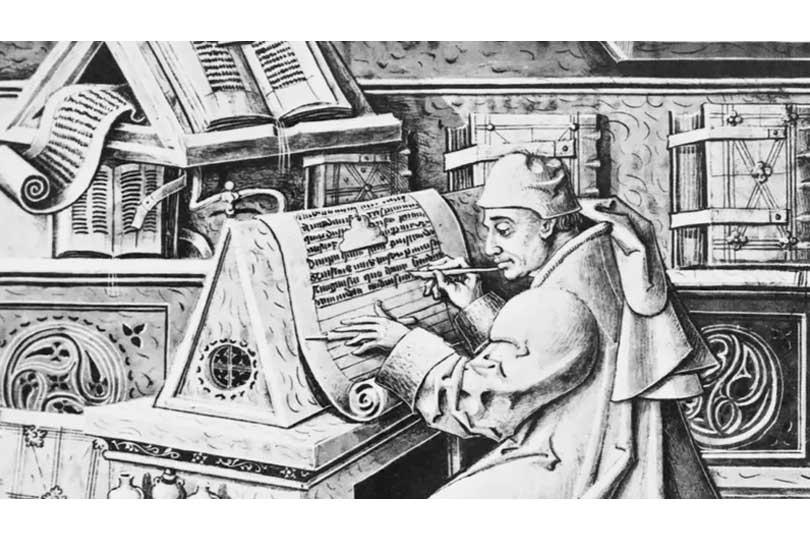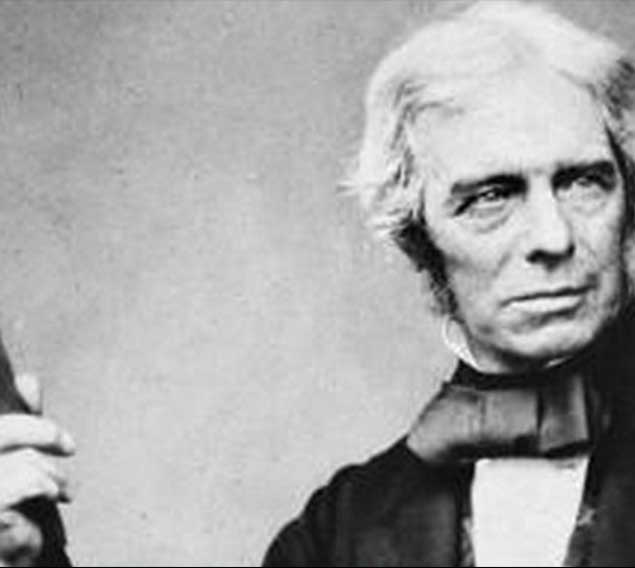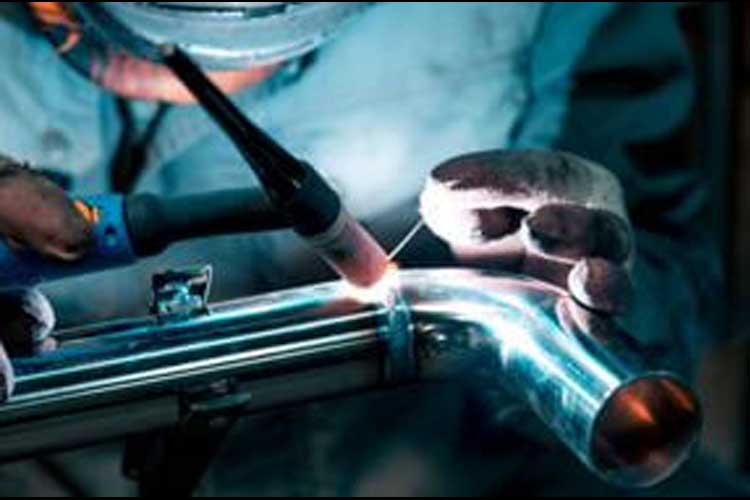The Story of the Creator of Featured Speakers – Amar Bose Gopal’s childhood was not idyllic. As a child of Indian descent in the United States, he experienced a lot of racial sentiment. However, Amar accepted all this treatment patiently. He then became engrossed in his hobby of tinkering with electronic devices. At the age of 13, Amar could repair all electronic equipment, especially radios. With this skill, he opened a radio repair business. Decades later, he became the king of the Bose brand audio.
Amar Bose Gopal is a former lecturer at the Massachusetts Institute of Technology (MIT) who has a fortune of 1 billion US dollars. With this wealth, this year Forbes Magazine again placed him on the list of the 500 richest people in the world at number 359. Two years in a row, 2009-2010, he was kicked off the list.
Amar was born in Philadelphia, United States (US) in 1929. He was the son of Noni Gopal Bose, an Indian freedom fighter who fled British colonial pursuit. At that time, Bose came to the US with only 5 US dollars. His mother is a white person who works as a teacher.
Amar’s family is steeped in Indian cuisine, culture and philosophy. Even though he had fled to Uncle Sam’s country, his father was still active in the Ganges Country underground movement. Bose gave many lectures and lectures in the US about British actions in India which were no less than the treatment of the Nazi army, Germany.
That’s why, not infrequently, the Amar family’s small house located on the outskirts of Philadelphia becomes a residence for overseas Indians for days or even months.
As an Indian descendant, Amar received a lot of racist treatment. He often doesn’t get service when eating at restaurants. “My father, mother and I tried it sometimes, we sat down but the food never came,” he recalled.
Receiving this treatment, Amar’s parents often went to the restaurant manager and pretended to be African-Americans. Amar said that his father would say to the manager, “We are able to earn money from cooking food, are able to be servants, and are able to sacrifice our lives in war. So can you explain why we are not worthy of service?”
With the father’s words, everyone in the restaurant would be silent and listen. After that, Amar and his parents will leave.
Apart from that, Amar also experiences racism every time he goes to school. He had to hold his head high and hold back his emotions when the white kids taunted him as “nigger.” However, because his father forbade fighting, Amar controlled his emotions. In fact, now, Amar is very grateful because this experience has made him able to appreciate the feelings of people who are marginalized and underestimated.
To vent his emotions, Amar plays the violin. He learned to play the violin from the age of seven to 14, which brought him into the world of acoustic music.
Not only does he like music, Amar is also fond of the world of electronics. He became familiar with this world when he was 12 years old. At that time, he studied his friend’s radio transmitter. At the age of 13, Amar was able to repair all electronic equipment. “It’s amazing, I can just do it,” Amar said. With this expertise, he then opened a radio repair business.
When World War II raged, his father’s export and import business of coconuts and carpets experienced financial difficulties. This makes the radio repair business an additional source of income. The world of electronics increasingly came into Amar’s life when he entered MIT’s Department of Electrical Engineering.
His love for the world of electronics and acoustics brought Amar Bose Gopal to the audio business. His disappointment with Hi-Fi audio products strengthened his intention to do business. As a lecturer in electrical engineering at MIT, Bose had many opportunities to conduct research. From years of research and experimentation, he finally received a patent and was able to produce speakers that became the world standard for 25 years.
A passion for the world of electronics brought Amar Bose Gopal to the Institute of Technology (MIT). This is also in accordance with his desire to do research on electronics.
After earning a doctorate in electrical engineering, Bose then pursued a career as a lecturer at MIT. He teaches courses in network theory. Unlike other lecturers, he does not use textbooks when teaching. He would throw away all the textbooks and face his students at nine blackboards.
To stimulate students’ minds, Bose asked his students to ask difficult questions. From these questions, he will provide explanations, including finding solutions to solve problems. He also eliminated exam time by allowing every student to open a book.
From this method, Bose classes are very popular in mathematics and biology faculties. Students call Bose’s class “life 101.”
From childhood, Bose never dreamed of becoming an entrepreneur. It was his interactions at MIT that made him have an entrepreneurial spirit. MIT lecturers are known to have a high entrepreneurial spirit. From this association, Bose wanted to become an entrepreneur again, as he had done when he was young with a radio repair shop.
This desire grew stronger when in 1956, he bought a high fidelity (Hi-Fi) audio set. At that time, Bose thought that the audio device he had just purchased provided the best sound quality. Moreover, the specifications offered are very capable. But when I got home and turned it on, “I turned it off within five minutes, the sound was terrible,” he said.
From that experience, Bose tried to assemble an audio device that could provide sound quality like when listening to concerts in buildings.
Even though he later moved to teach in India, with a Fulbright scholarship, Bose never forgot to study acoustics to create the best audio equipment.
Returning from India, he continued to conduct experiments in collaboration with the Boston Symphony Orchestra for many years. Experiments are conducted to measure how sound reaches the audience’s ears. He then took the measurement results to MIT for research.
Bose concluded that only about 2% of the sound is absorbed from each reflection. Back then, people only designed speakers that radiated sound straight forward. With this discovery, Bose obtained a patent on speaker design.
Because he didn’t have enough funds to start a company, Bose had to convince investors to invest their money. One of the investors he managed to convince was YW Lee.
Lee is a Bose professor and thesis advisor. He was willing to risk his life’s savings on the Bose business. With trust capital, in 1964 Bose Corporation was officially established.
Its first product was Bose’s 901 direct/reflecting speaker. It was the world’s first speaker to use the surrounding space, rather than reproducing sound as if in a vacuum. Bose’s 901 was the industry standard for 25 years.
Bose also developed the Auditioner, an audio device to take into account room specifications. Auditioners are a marketing advantage for Bose, because potential buyers can find out the sound quality in their building before the audio system is installed.

